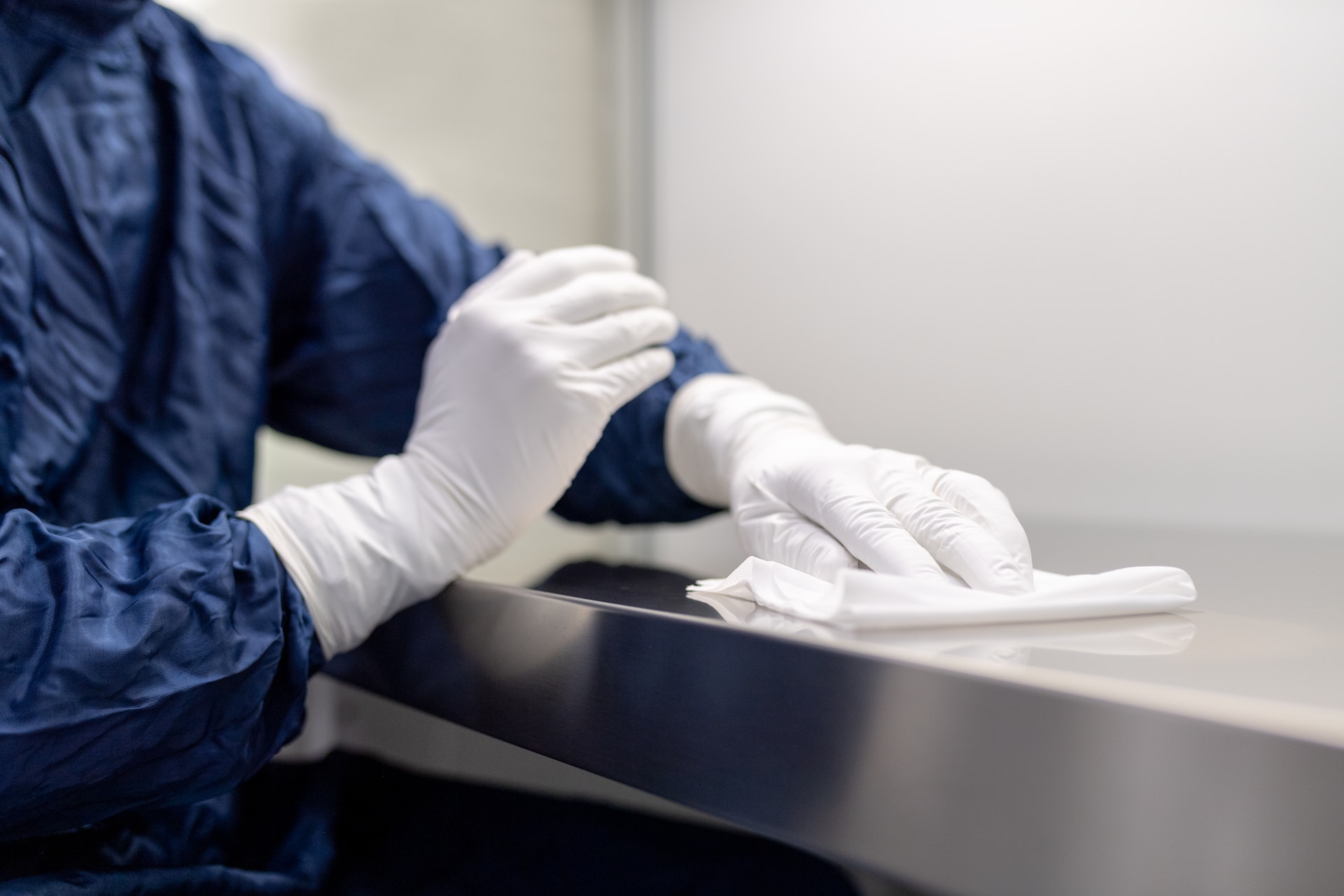The Benefits of Using Disinfectant Wipes for Hospital Infection Control
Cleaning and disinfecting hospital surfaces take time, but wipes help speed up the process. Pre-moistened wipes contain just the right amount of specially formulated hospital-grade disinfectant to clean and kill microorganisms on contact. Hospitals have many disinfectants, including sprays, aerosols, and dilutable concentrates. For critical areas, quaternary or sporicidal wipes provide greater efficacy against a broader range of germs.
Contents
Minimizes Chemical Exposure
Hospitals and healthcare centers use many disinfectants for cleaning, sanitizing, and disinfecting equipment and surfaces. Most disinfectants are harsh chemicals requiring particular chemical-resistant gloves to handle, and hands should be washed immediately after wiping. Many of these disinfectants also have “KEEP OUT OF REACH OF CHILDREN” or similar warnings on containers. Conversely, wipes contain just the right amount of specially formulated hospital-grade disinfectant to safely clean surfaces without exposing staff to harsh chemicals. Plus, they’re safe for nonporous materials such as plastic, glass, and metal. Using disinfectant wipes in bulk also minimizes the amount of disinfectant needed to clean surfaces and tools. Often, the disinfectant is locked in a nonwoven cloth, which allows it to penetrate deep into surface cracks and crevices where germs hide. This reduces the amount of spray needed to reach disinfection levels required by CDC guidelines and reduces waste. Many hospital disinfectant wipes are designed to be used on various surfaces, including electronics, and have short contact times. These factors make them particularly useful when turning over patient rooms quickly to speed up the process of preventing cross-contamination between patients.
Prevents Cross-Contamination
Many hospital-grade wipes are impregnated with disinfectant, which is excellent for cleaning and sanitizing. But, because they can spread pathogens from one surface to another (a process called cross-contamination), healthcare workers must use them properly. To avoid cross-contamination, wash or disinfect all surfaces before wiping them down with a towelette. This includes the wiped surface, the wipe itself, and other nearby objects or materials. It’s also important that healthcare workers discard the towelette immediately after wiping a surface and only use new ones when necessary. Wipes are easy to use, portable, and have the right amount of disinfectant. Unlike spray cleaners that can be over-poured or used too vigorously, wipes are designed with controlled usage in mind. They feature just the right amount of a specialized, hospital-grade disinfectant, so they are effective when used correctly. Wipes with a quaternary or sporicidal disinfectant are especially beneficial for critical areas like isolation rooms. These rooms require a high level of disinfection to eradicate harmful pathogens and prevent them from spreading to other patients. They’re also helpful for quick clean-ups around equipment, such as blood pressure cuffs that patients may touch often. And because these wipes don’t produce aerosols, they can be used in areas around patients with respiratory issues.
Reduces Respiratory Infections
Using disinfectant wipes can help limit pathogens in high-touch areas of your facility. They are often more convenient than cleaning sprays, which require extreme precision. Sprays also release aerosols into the air, which can harm people who remain in the space afterward or breathe in the vapors. Disinfectant wipes, on the other hand, contain a lower concentration of chemical compounds that are less harmful to people and the environment. Hospital-grade disinfectant wipes are typically formulated to comply with EPA standards for antibacterial and disinfectant products. They contain isopropyl alcohol, chlorine bleach, hydrogen peroxide, and iodine, which can kill most bacteria and germs on contact. These germicidal wipes are ideal for healthcare settings since they keep surfaces and equipment clean and safe for doctors and nurses to work with patients. High-touch surfaces in your facility need frequent cleaning and disinfection to reduce the spread of diseases between patients and workers. Wiping surfaces with disinfectant wipes takes only a minute, much faster than using a spray bottle, towel, or other cleaning methods. Additionally, disposable wipes are more hygienic and cost-effective than the traditional towel and bucket method.
Easy to Store
Unlike cleaning sprays that require dilution and proper application to be effective, disinfectant wipes are pre-impregnated and ready to use. They’re easy to transport and convenient for use by non-custodial staff. These wipes are easy to locate, well-maintained in canisters, and kept within reach of nurses, so they’re readily available for quick clean-ups. They’re used to sanitize blood pressure cuffs, hand-washing sinks, and other high-touch environmental surfaces to help prevent the spread of various illnesses. These medical disinfectant wipes are powered by Accelerated Hydrogen Peroxide (AHP) technology, making them tough on bacteria and viruses with fast kill times. They’re fully virucidal after 30 seconds and can decontaminate patient rooms quickly. Disinfectant wipes are valuable in hospitals and healthcare facilities to help keep infection control standards high, reduce HCAIs, and improve patient outcomes. But not all disinfectant wipes are created equal. Hospitals need robust, reliable cleaning and sanitizing products that can be trusted to perform as promised without causing chemical exposure or irritating skin irritation.

